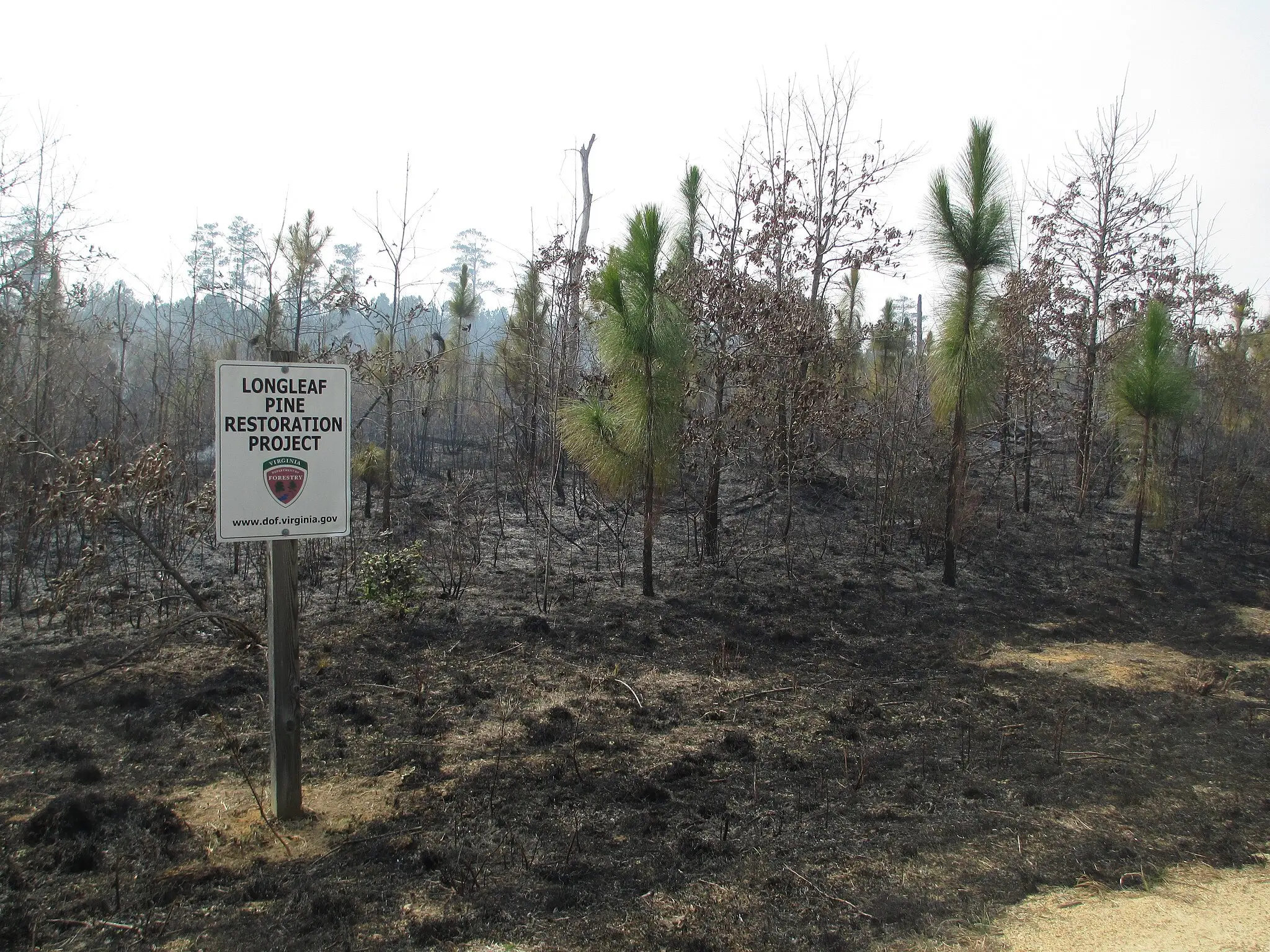When Smokey Bear first told us, “Only YOU can prevent forest fires,” he became an enduring symbol of fire prevention. But as we enter a new era of forest management, Smokey’s message has evolved to emphasize not just fire prevention, but forest restoration – bringing back the health and vitality of our forests for future generations. This shift is crucial for entrepreneurs and investors in the forestry sector, particularly those focused on forest restoration, economics, and fire management.
From Fire Prevention to Forest Restoration
In the mid-20th century, Smokey the Bear emerged as the face of wildfire prevention, a response to the widespread forest fires that ravaged the United States. His message was simple: human carelessness was the leading cause of wildfires, and by being vigilant, we could protect our forests. For decades, this was the focus, and it worked—wildfire occurrences due to human error have decreased significantly.
However, as we’ve learned more about the ecology of forests, the narrative has shifted. Today, we understand that fire plays a natural and necessary role in many ecosystems. Fire can clear out underbrush, return nutrients to the soil, and create the conditions necessary for certain species to thrive. But with the advent of climate change, the intensity and frequency of wildfires have escalated, demanding a more nuanced approach.
This is where forest restoration comes into play. The modern forestry industry recognizes that it’s not just about preventing fires but ensuring that forests are resilient and capable of regenerating after disturbances, whether they be fires, storms, or human activities. Entrepreneurs and investors in this space are increasingly focusing on innovations that support this regenerative approach—from advanced reforestation techniques to economic models that value the long-term sustainability of forest ecosystems.
Why This Matters
- Restoration Over Suppression: Modern forestry practices embrace the natural role of fire in ecosystems while focusing on restoring forests to enhance their resilience and health.
- Economic Sustainability: Innovative economic models that value forest restoration ensure long-term profitability while maintaining ecological balance.
- Fire Management Evolution: Advanced technologies and methodologies are transforming fire management, emphasizing prevention, mitigation, and post-fire restoration.
As Smokey celebrates his 80th birthday, we honor his legacy by expanding his mission—from preventing fires to regenerating forests. Stay tuned for an exciting announcement from Talking Tree Ventures that will align with this evolved mission.
Join our mailing list to stay informed about innovations in forest restoration, share your thoughts in the comments. Keep an eye out for more updates from Talking Tree Ventures!
- Smokey Bear Turns 80: What This Iconic Symbol Means for Forest Conservation Today
- The Legacy of Smokey Bear: A Tale of Wildfire Prevention and Forest Resilience
- Smokey Bear’s Legacy and the Future of Forest Restoration
- What’s Next for Forest Economics? The Role of Technology in Shaping the Future
- From Smokey Bear to Forest Tech: My Journey into “Impact Innovation”






0 Comments